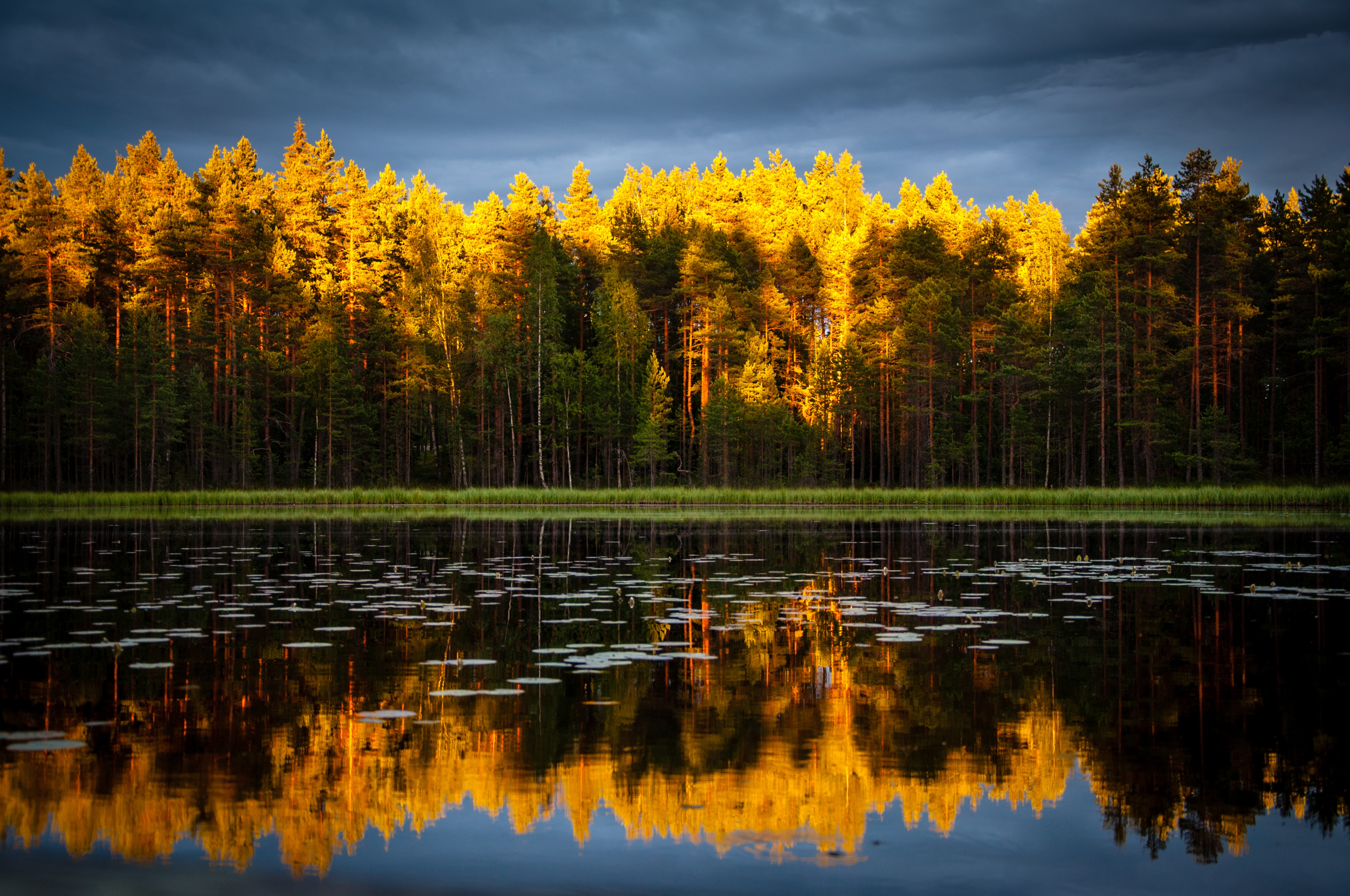(A guest post by first author and PhD student Clarke Knight)
Ice, a powerful sculptor of landscapes, covered large swaths of North America up until 21,000 years ago. During their greatest extent, ice sheets scraped and gouged their way across what is now the upper Midwestern US, creating thousands of lakes – including the five Great Lakes. But as the climate warmed and the ice retreated, plant life began a multi-millennia project of northward movement. The story of how plant assemblages moved around in response to changing climate was the subject of our new paper, published in The American Naturalist.
We were drawn to the story of plant movement because plant response to climate change is a key concern of modern ecology: as today’s climate warms rapidly, how might plant life react based on what we know from previous climate shifts? Are there community-level plant traits that might predict response to climate change? We wanted to find out.
Plant response to climatic changes can take place over a range of timespans – decades to centuries, and millennia to deep-time. This makes vegetation response impossible to observe directly. In order to learn about plant responses, long-term data sets are needed. For this work, fossilized pollen grains from lake sediments (from the large, publicly-available dataset Neotoma) provided indirect evidence of vegetation since the Last Glacial Maximum 21,000 years ago.
As we embarked on this project, we knew two key things. First, the ways in which plant communities respond to climatic changes is variable. Some plant communities track climate closely, while others might be out of step with their local climate for hundreds or thousands of years. To capture those differences, we measured the match or mismatch between the assemblage and its climate at different periods of time. Second, we knew that some plant communities are strongly influenced by climate but others are not. In extreme conditions at high elevations, for example, plants in a community might only have a narrow range of survival strategies; they have been strongly ‘filtered’ by climate and have narrower niches. To capture the differences in assemblage climate niches, we measured the climate filtering or permissiveness relative to taxa across the study area at multiple time periods. Lastly, we used functional trait predictors of climate matching and filtering, from morphology (growth form) and phenology (leaf type) to reproduction (seed mass) because these traits are ecologically relevant and may constrain vegetation response to climate.
Our findings show that assemblages do not always track climate change, and some traits are predictive of mismatch/filtering. Over time, between 50% and 85% of pollen assemblages at any given time matched with their local climate. The lowest proportion of matching—50% of assemblages—occurred at the end of the Younger Dryas (∼11.5 ka), a period of abrupt temperature change. Assemblages also exhibited climatic filtering that strengthened over time. At its peak at 8.5 ka, nearly 80% of assemblages were climatically filtered. Spatially, our results displayed patterns across latitudes. During deglaciation from 21 to 12 ka, assemblages at the lower latitudes displayed more climate matching than those in the high latitudes (>45 degrees). Lastly, tree-dominated pollen assemblages showed greater climate mismatch than herbaceous-dominated ones.
This work is also showed the utility of using paleoecological data to address fundamental community assembly questions, and is part of a larger effort to broaden the role of historical ecology in modern ecological questions. For instance, paleo-ecologists have started to join modern ecological debates around conservation biology and contribute context to processes that take place over centuries and millennia, not just deep-time. And although the past will never be a perfect analogue for the present or the future, the past’s value as a guide must not be overlooked.
(photo credit David Marcu from Unsplash)


